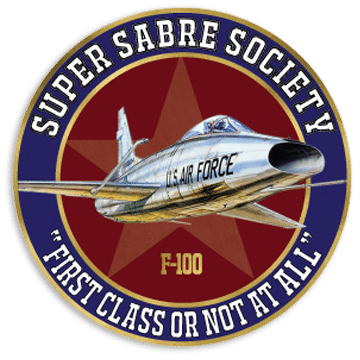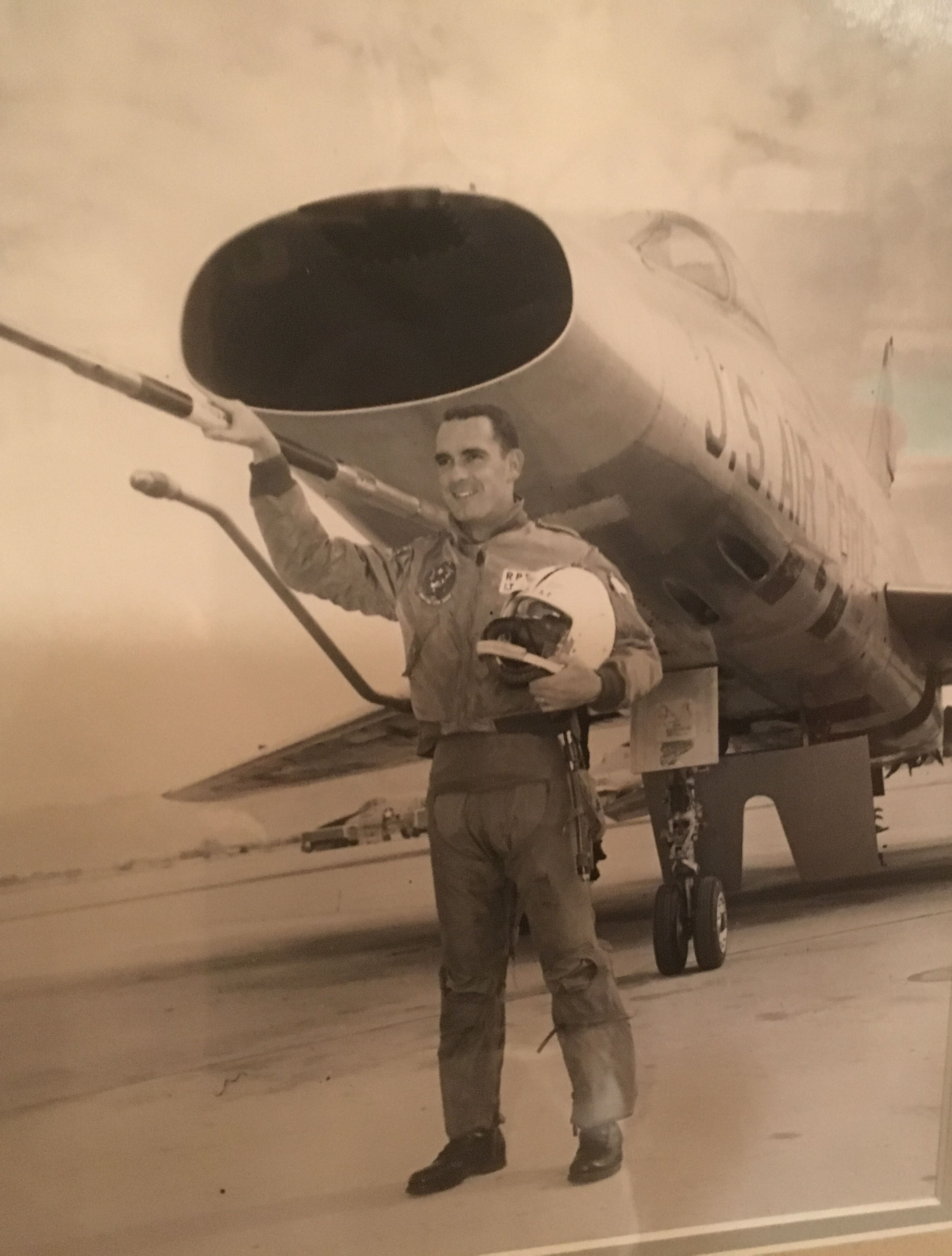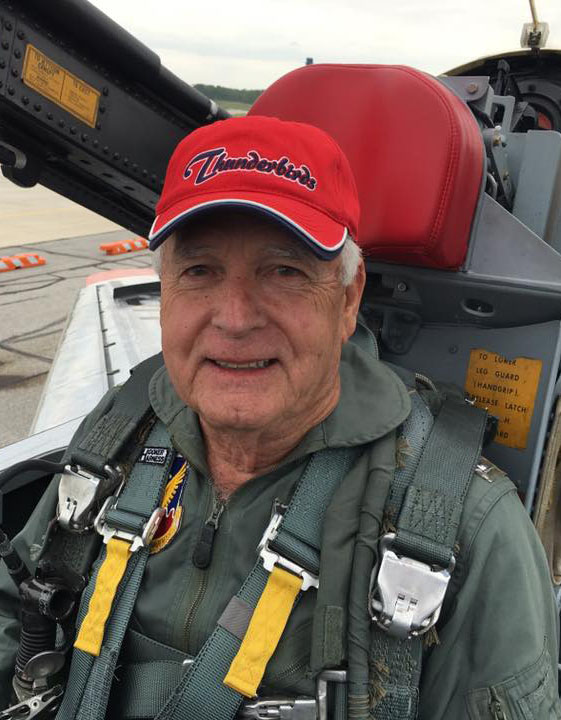I received an F-86/F-100 assignment after Basic at Greenville AFB in Texas and enjoyed flying the F-86. I’m so happy to have had that opportunity. Afterward, I went on to Nellis to fly the F-100. The A was still being flown at that time, late in 1957. I got a whole 34 hours in it! I can remember the first time I flew it. What a thrill! Just hung on, and felt like I was a mile behind it. What a performer! 180 knots basic speed on final. It was common to see drag chutes explode and both runway barriers full of A models. Great memories and glad to have been in that group. After Nellis it was on to Clark AB in the Philippines and the F-100D. I wound up with a couple of thousand hours in the Hun. Loved it!
Bicycle Lake
When stationed at George AFB in 1962, I was leading a flight of four F-100s on an air to air dart mission over the Leach Lake Range a little south of Death Valley. Just as I fired out and was positioning on Number 2’s wing my engine flamed out. During the pre-mission briefing, I indicated that if anyone had a dire emergency they should head to Bicycle Lake at Ft. Irwin twenty miles southward. It was an emergency strip lake bed for the X-15 which was flying out of Edwards AFB at the time.
When I announced the flame out Number 3 chimed in, “Remember Bicycle Lake!” My altitude was 28,000 ft. I jettisoned the 335 tanks, picked up 220 knots and turned south toward the lake bed. The tanks had just emptied so my gross weight was 30,000 lbs.
I attempted multiple air starts using the normal and emergency systems with no success. Vertical speed was pegged. Elevation at the lake bed was 2,000 ft. A high key was hit at about 12,000 ft. The gear was lowered and with 3 greens (go lights) the approach was continued. At low key everything still looked good and I thought to myself, “do not take your eyes off of the center of the lake bed”. Short was not an option! On base to the final approach, things still looked good so a decision was made to continue. On the short final, I blew the flaps down and the configuration change caused the nose to tuck. Back pressure was applied and there was a delay in pitch which caused me some apprehension.
The nose slowly came up into a good landing attitude. The reduction in airspeed caused a reduction in RAT (Ram Air Turbine) output. A good touchdown was made and the drag chute operated normally. When rolling out I noticed an old red Army fire truck alongside the runway. I opened the canopy and tried to stand up and realized that I hadn’t unstrapped. When I did stand up my legs were shaking.
Two Army Officers rolled up in a Jeep, took me to their Club and bought me a beer. There was no damage to the plane and the next day a new engine was flown in from George with a start cart. The plane was defueled some and flown off the lake bed back to George. The cause of the flame out was determined as a failure of the engine-driven fuel pump which provided pressure to both the normal and emergency systems.
A couple of weeks later the same plane was flown on a cross-country to England AFB. On take-off the engine failed and the pilot ejected. The number of the plane was 013! I have always thought why didn’t North American come up with a different number for that bird!
Civilian Life
I moved from Ft. Worth, Texas at an early age to San Francisco, CA. I lived in various places along the San Francisco Peninsula and graduated High School in South San Francisco 1953. I worked in the Parts Department at Arata Pontiac until I qualified for Aviation Cadet training March of 1956. I was very fortunate, as two years of college was previously required to enter the USAF pilot training program, but a two year or so window had been introduced requiring a High School diploma! After my USAF career ended in 1966
I flew with American Airlines for 30 years. (Electra – ORD, 707,727,767 – SFO, 727 – RDU). After a short stint in Chicago, I transferred to San Francisco and was based there until 1986. When the hub in North Carolina opened I transferred to Raleigh, North Carolina where I flew until 1989.




